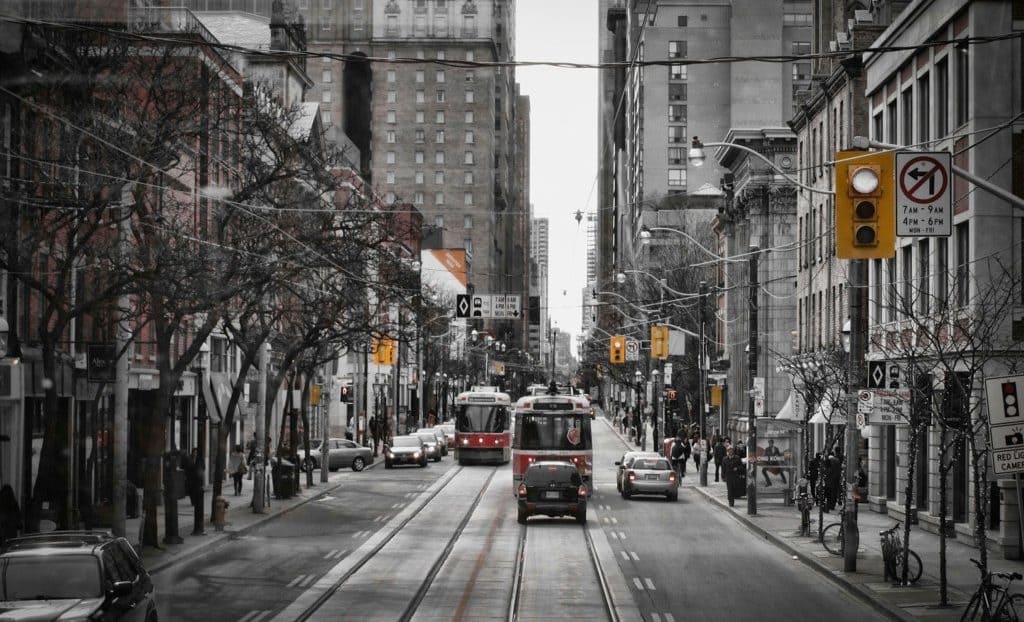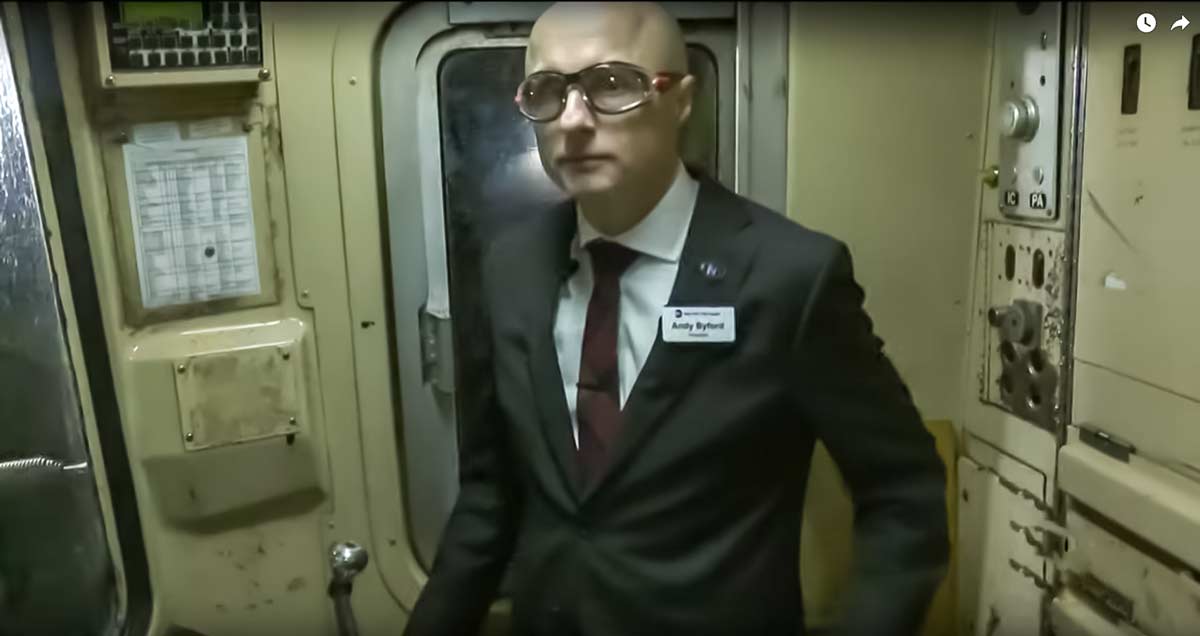
Thursday, the Toronto Transit Commission (TTC) and city staff made their second presentation on the King St. Pilot, a plan that will hopefully alleviate congestion along the car-heavy corridor to make it more transit-friendly.
“What we are trying to do here is to improve transit service for the 65,000 passengers on the busiest transit route in the city,”said Jacquelyn Hayward Gulati, Director of Transportation Infrastructure Management with the City of Toronto. “That’s three times as many drivers who use the corridor. We are trying to move the most people the most efficient way.”
The pilot will cover six kilometres of King St., from Jarvis to Bathurst. The corridor would funnel drivers to parallel east-west routes like Queen St., Richmond, Adelaide, Wellington, or Front, while still allowing local drivers to access the street for short periods of time.
According to Gulati, making King St. completely car-free would take immense resources, as there are driveways and parking garages that can be accessed from that corridor. Instead, city staff has designed a plan allowing local residents to drive on King St., but only between intersections. These vehicles must turn right at the next traffic signal. Physical barriers will be used to prevent vehicles other than the streetcars from passing through the intersection.
There is also going to be designated spaces for short-term loading, deliveries, and taxis, something business owners indicated was a necessity.
“People will access the section of King that they need to access for their local trip,” Gulati said. “We are looking to have the amount of mixed traffic dialled down to such an extent that we expect to see streetcar improvements, but it is a pilot project and that’s what we want to learn from this.”
Cyclists, transit users, and emergency vehicles would be the only commuters allowed to cross intersections. However, there would be no dedicated bike lanes.
This particular corridor between Bathurst and Jarvis was chosen because it has the worst transit service on King St. The goal of this pilot would be to see additional improvements in reliability, speed, and capacity on the King St. streetcar — more people walking or using transit and less people driving.
The estimated budget level cost is $1.5 million, but that is bound to change once the design has been finalized after Thursday’s public meeting.
If all goes well, a final report will be presented at a June TTC board meeting and then will be sent to approval by City Council in July. The plan is to be able to implement the King St. Pilot by the Fall of 2017 or Spring 2018.
What do you think of the King St. Pilot? Let us know in the comments below!


